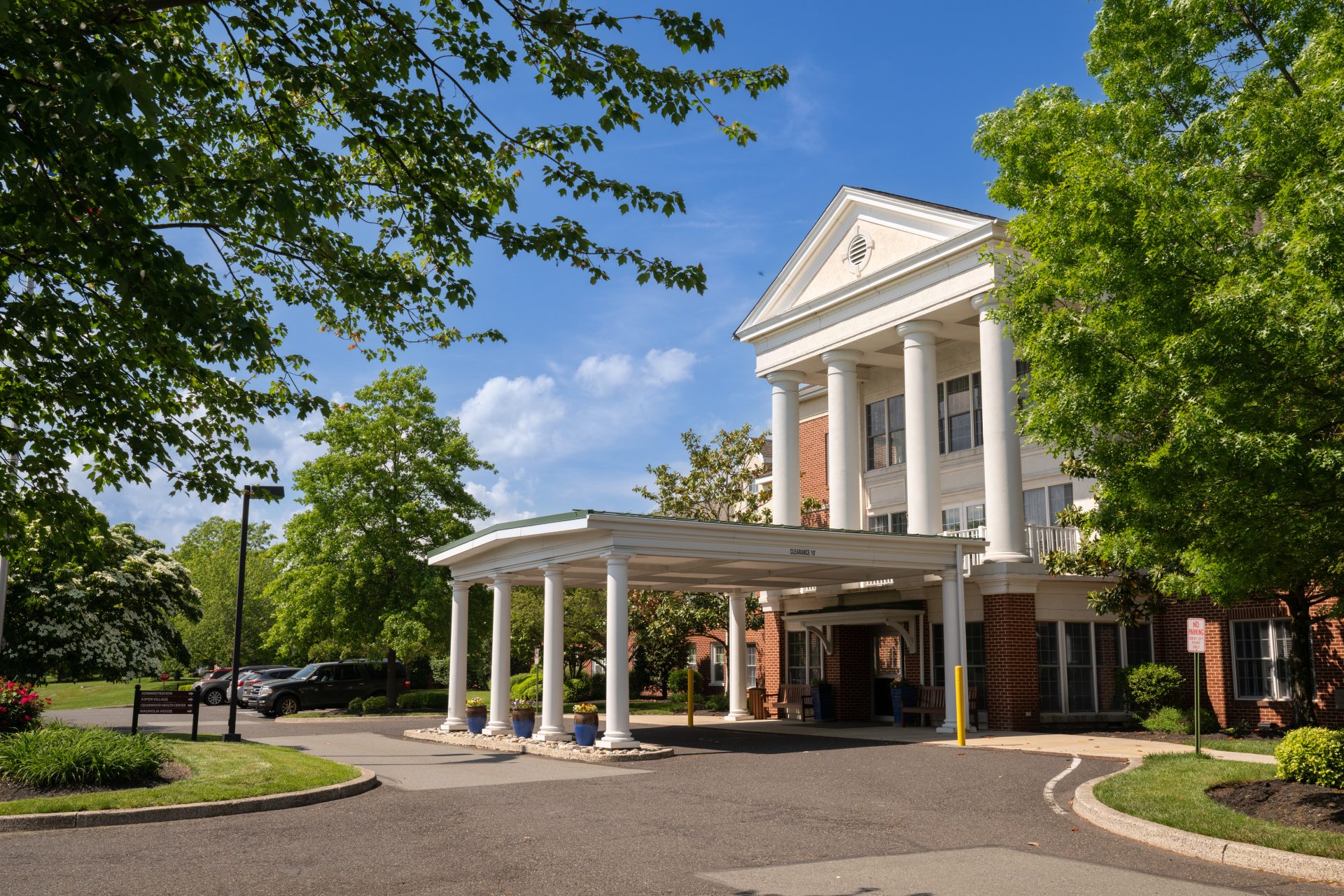
As we or our loved ones age, there comes a time when living independently may no longer provide the safety, convenience, or support we need to thrive. For many older adults, choosing to move into a healthcare community that offers health care services can be both a smart and empowering decision. But how do you know if it’s the right choice? And how do you evaluate your options? Below are six essential questions to ask when considering a personal care community.
One of the clearest signs that a personal care community may be a good fit is when day-to-day activities become increasingly difficult. Tasks like preparing nutritious meals, keeping up with laundry, maintaining your home or property, and managing medications can start to feel overwhelming or even unsafe.
Perhaps you are struggling with mobility, going up and down stairs, or are concerned about falling. Living in a community that provides 24-hour staff presence can bring significant peace of mind. Resident rooms are designed with emergency call systems which provide an added layer of safety. Staff members will also work with you to improve strength, balance and mobility so that you can thrive in your new environment. Most communities offer some type of exercise classes or workout space, like the “Body Shop” at Frederick Living, to keep you active and moving.
Some people may feel that choosing a personal care community means giving up independence; rather, it’s a way to maintain freedom by relieving yourself of the burdens of household management. You’ll also gain a support system that helps you to thrive in your new home.
Most personal care communities offer a wide range of amenities that enhance quality of life and reduce daily stress. Standard services often include weekly housekeeping and laundry, access to a salon or hairdresser, and convenient mail and package delivery. Transportation is also commonly available for doctor’s appointments and local errands, making it easier to stay connected to your community and health care providers without needing to drive.
While home care provides one-on-one assistance in your own home, it can often lack the enriching social and wellness benefits of community living. In a personal care community, residents enjoy access to vibrant social programming, mental stimulation, exercise classes, and physical therapy services—all right on site.
Additionally, many communities feature wellness centers and on-site medical appointments, which means you can receive care without having to travel far. The combination of convenience, socialization, and holistic wellness support makes personal care a strong alternative to remaining at home alone with limited support.
Staff members in a personal care community typically include trained nursing assistants, licensed nurses, and med techs who oversee and administer medications. In addition, you’ll find a range of helpful and friendly professionals such as a Personal Care Home Administrator, Life Experience coordinators who plan activities and programs, housekeepers, dining servers, and a maintenance team.
This dedicated team works together to create a safe, nurturing, and engaging environment that supports residents in both their physical and emotional well-being.
One of the greatest advantages of choosing a personal care community is the built-in continuity of care. As your needs change, staff conduct regular assessments and can recommend appropriate next steps—whether it’s additional support in your current apartment or a move to a higher level of care such as skilled nursing or memory care.
This seamless progression ensures that you or your loved one receives the right level of care at the right time, without the need to search for a new provider or location during a potentially stressful moment.
It’s natural to feel attached to a home filled with memories. But downsizing doesn’t have to mean giving up the things you love—it means choosing to simplify your life. A smaller space can be easier to navigate and maintain. There’s not as much to dust, vacuum and clean. In fact, many residents find relief in letting go of physical possessions they no longer need.
Also, in our technological age, there are many ways that you can keep your memories without keeping the “bulk” of physical objects. Take photos of your home and create a small scrapbook to remember it clearly. Do the same with photographs and load them into a digital picture frame where they can easily be seen. Professional move experts can provide guidance on downsizing to keep the treasures that are important and are skilled in helping you manage a move. Communities like Frederick Living offer downsizing seminars to help you easily navigate a transition.
Most importantly, remember, you’re not giving up your lifestyle—you’re enhancing it by trading chores and responsibilities for comfort, safety, and community. Many older adults report feeling a surprising sense of freedom once they settle into their new apartment and realize how much time and energy they now have to pursue new interests, meet new friends, and simply relax.
In many ways, living in a healthcare community enlarges your space. Step outside your personal apartment and into sitting rooms, dining areas, a café, an art/craft room, or an auditorium for watching movies, lectures and concerts. You can enjoy the comfort of a smaller personal space within your comprehensive community home.
Choosing a healthcare community that offers personal care is a deeply personal decision, but asking the right questions can make the process clearer and less overwhelming. From ensuring safety and convenience to enhancing social and emotional well-being, the right community can help you or your loved one enjoy a fuller, more supported lifestyle. When you take time to explore your options, what once felt like a difficult transition can become an exciting new chapter.